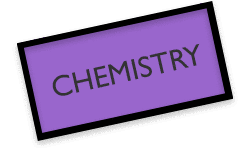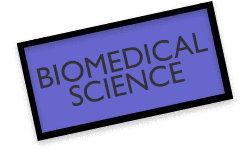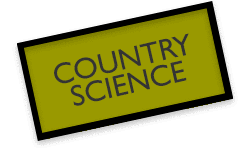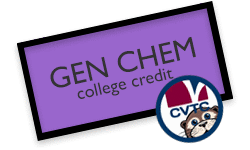










Welcome to Intro to Biochem! Biochem students study the chemical substances and processes that occur in living organisms.
It is articulated with Chippewa Valley Technical College's Introduction to Biochemistry 806-186 allowing students to earn 4.0 CVTC college credits, as well as 1.0 GHS credit. [close]
About Biochem: Learning Tools | Course Description & Competencies | School Supply List
The 2024-2025 Syllabus will tell you what you need to know to be successful.
Our Assignment Board is where you can find our calendar of learning events.
We will be using Google Classroom as our Learning Management System (LMS). It will help us to organize our lesson details and e-materials.[top]
Course Description & Competencies
Course Description
INTRODUCTION TO BIOCHEMISTRY (GHS)/806-186 INTRODUCTION TO BIOCHEMISTRY (CVTC)
Credit: 1.o GHS Credit and 4.0 CVTC Credits
Grade level: 11-12
Prerequisite: Chemistry with a grade of C or better
Length: one year
Biochemistry is a one-year course designed to cover the organic and biological chemistry necessary for the nursing and allied health (e.g., dietitians, medical technologist, physical therapists, etc.) career preparation. It will offer college-bound students a strong background in basic biochemistry. Specifically, we will cover recognizing the structure, physical properties, and chemical reactions of organic molecules, body fluids, and acids, as well as biological functions and their relationships to enzymes, proteins, lipids, carbohydrates, and DNA. Emphasis is placed on developing college level problem-solving techniques and strategies. A college preparatory delivery, as well as college level textbooks and publications, will be provided.
This course will appeal to students with a high interest in studying and learning biochemistry concepts, as well as those that wish to earn Chippewa Valley Technical College and college transferable credit while in high school. Use the UW System Credit Transfer Tool to see how your credits will transfer.
FYI, programs at CVTC that require this course include: Dental Hygienist and Medical Laboratory Technician.
Course Competencies
Upon successful completion of this course, per Chippewa Valley Technical College 806-186 Introduction to Biochemistry Course Outcome Summary, students will be able to:
- Use appropriate scientific equipment, methods, and safety precautions
- Predict the effects of pH on biochemical reactions and its role in homeostasis
- Summarize the structure, physical properties, and chemical reactions of hydrocarbons
- Summarize the structure, physical properties, and chemical reactions of alcohols, ethers, and thiols
- Summarize the structure, physical properties, and chemical reactions of amines
- Summarize the structure, physical properties, and chemical reactions of aldehydes and ketones
- Summarize the structure, physical properties, and chemical reactions of carboxylic acids and their derivatives
- Correlate the molecular structure and function of proteins to their roles in biological systems
- Correlate the structure of enzymes to their biological function
- Correlate the structure to the functions of key carbohydrates
- Correlate the structure to the functions of key lipids
- Diagram the basic metabolic processes
- Correlate the molecular structure and function of DNA and RNA to their roles of biological systems
[top]
- Provided by Student:
- your notebook(s) from Chemistry class, if possible
- college ruled loose-leaf paper and 2" 3-ring binder
- pencils
- Full Classroom Set Provided by Teacher:
- markers
- colored pencils
- scissors
- glue
- Partial Classroom Set Provided by Teacher:
- scientific calculator, similar to TI-30Xa
[top]
GO PIRATES!
Gilman Middle/High School
325 N Fifth Ave
Gilman, WI 54433